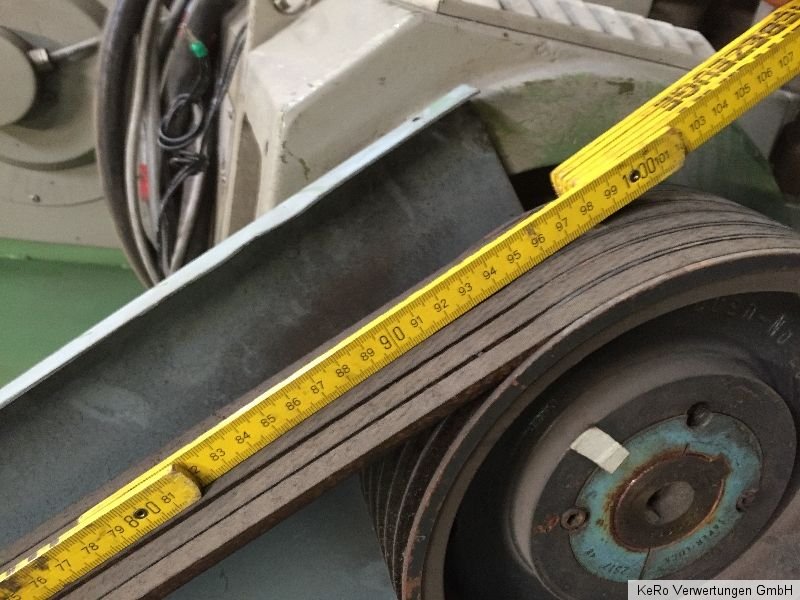Gue Deco Planner Software

V-Planner dive decompression planning software. V-Planner is a decompression program that uses the Varying Permeability Model for decompression profiles.The VPM-B decompression model is well suited to today's technical diving.
The VPM model is the most widely used bubble model by tech divers today. MultiDeco calculates all types of Nitrox, Trimix, TriOx, HeliOx, OC, SCR, CCR, RB80, KISS and multilevel dives. MultiDeco makes plans for Lost deco gas, Turn pressures, Range plans, RB bail outs, watches and warnings. Includes Gas Mixer, Turn pressure formula, Layouts for saving complex dive plans, Graphs, data export, etc. The settings allow for customized deep and extended stops, control stop times, airbreaks. MultiDeco is available for PC, Mac, Android, iPad, iPhone. The Bubble models and similar deep stop profiles, have become the standard for technical and deep diving, with many training agencies including bubble models into thier courses.
The VPM bubble model uses math to simulate and measure micro bubble growth, and set limits accordingly. The output of a bubble model is similar to many established deep practices such as Pyle Stops, Florida cave practices, DIR, ratio deco plans and others. In VPM, ascent ceilings are determined on allowable gradients for bubble formation rather than M-values. These super saturation gradients are determined by tracking sets of VPM nuclei (bubble seeds) of a certain initial critical radius. These are the microscopic physical structures that stabilize free phase gas and that can grow into full fledged extravascular bubbles when the super saturation gradient is sufficient to probe the laplace condition for bubble formation. The Varying Permeability Model was originally developed by Yount and Hoffman in 1986.
It was further developed by David Yount, Eric Maiken, and Erik Baker from 1999 to 2001. In 2002, after considerable diver feed back, the model was further developed by Erik Baker, to the current VPM-B model. The MultiDeco program was developed by Ross Hemingway, and presents the VPM-B algorithm inside a complete and useful Windows dive decompression program.
Please note - this program is made with the experienced and technical diver in mind. If you're relatively new to diving, you may find this program difficult to use.
You're expected to know the theory behind the diving practices and procedures used here. ********* WARNING & DISCLAIMER ********* The author and HHS Software Corp do not warrant that this program accurately reflects the Varying Permeability Model algorithms, or that it won't get you bent or dead, or that it will produce safe, reliable results. This dive schedule is experimental and you use it at your own risk. Diving in general is fraught with risk, and decompression diving adds significantly more risk. Deep diving utilizing multiple gasses, including helium, or rebreathers is about as risky as it gets. MultiDeco and the decompression schedules it produces are tools for experienced mixed-gas decompression divers ONLY.
If you have not been properly trained in mixed-gas decompression diving by an internationally recognized technical certification agency and/or don't have a firm handle on decompression planning and mixed-gas diving, then DO NOT USE THIS SOFTWARE.
[This is a post by Rick Walsh but this information got lost when this blog moved to a new server.] When I mentioned to one of my dive buddies I was considering taking a GUE Tech 1 course, his response was “I wouldn’t trust that ratio deco crud”. Another explained calculating ratio deco by: average the depth of your dive; double it; add the last two digits of the serial number of your bottom timer; divide by the number of divers in your team, which is always three; then subtract the number you first started with. For better or worse, there is a perception among many of us non-DIR (or not yet DIR) decompression divers that ratio deco is dangerous voodoo that should be avoided. But could it be justified?
Let me state now that I have no training in ratio deco, have never used it myself, and I am not advocating its use. If you are interested in applying it to your diving, I encourage you to take a course that covers it and how and when it can be used, and most importantly its limitations. Do not take reading something on the internet as a substitute for appropriate training.
This post is intended to discuss the concept of ratio deco far more than the practice. I mention GUE, but the concept applies just as well to other versions of “ratio deco”. What is Ratio Deco?  Ratio deco is a method for calculating or adjusting a dive decompression profile, which does not require referring to a decompression dive computer, tables or software. As such, the plan can be adjusted or re-calculated on-the-fly during the dive without relying on a dive computer’s decompression calculations. To many, that sounds too good to be true.
Ratio deco is a method for calculating or adjusting a dive decompression profile, which does not require referring to a decompression dive computer, tables or software. As such, the plan can be adjusted or re-calculated on-the-fly during the dive without relying on a dive computer’s decompression calculations. To many, that sounds too good to be true.